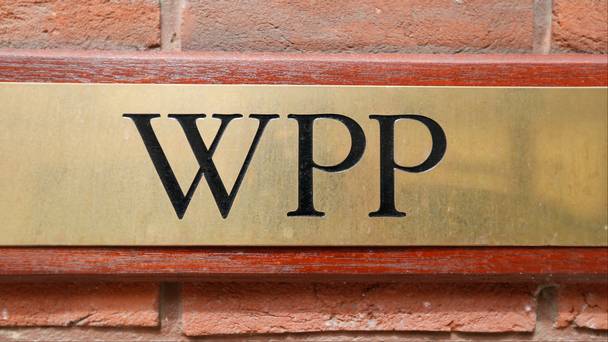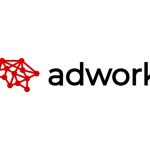The marketing industry only has itself to blame for its current crisis.
Just last Thursday, we received the news that the world’s largest advertising agency, WPP saw its shares down almost 13 percent. Procter & Gamble (P&G), the world’s largest advertiser said that it had reduced its Facebook, Google, and YouTube spending from 20 percent to 50 percent.

So basically, what’s happening?
We heard reasons why WPP wasn’t doing well from Chief Executive Office, Sir Martin Sorrell himself. However, it has come to light that a huge part of the problem is that ANA investigations revealed several months ago that WPP and the rest of the holding company mob squandered the trust of their clients with sleazy, shady online media buying practices (including non-transparent charges and media kickbacks).
What happens what people no longer have faith in the industry? They have two options, take their business elsewhere or do it themselves.
According to MarketingWeek, Mark Pritchard of P&G had this to say on Thursday: “If entrepreneurs can buy digital media, why can’t the brand team on Tide, Dawn and Crest be entrepreneurs and do the same? They can, and they will.”
Adjunct Professor of Marketing at Melbourne Business School, Mark Ritson uses some very interesting data to suggest that agencies may be pushing clients into digital media because it can result in greater commissions for the agencies — in some cases almost three times greater than for traditional media.
According to Adweek, cutting $200 million out of online “helped P&G eliminate 20 percent of its ineffective marketing and increase reach by 10 percent.” How? P&G discovered that the average view time for a mobile ad appearing in a news feed, on platforms such as Facebook, was only 1.7 seconds. Instead, they reinvested into areas with ‘media reach’ including television, audio and e-commerce.
Brian Weiser of Pivotal Research Group added that “We think relatively few marketers are aware of how little time is spent viewing individual ad units on Facebook.”
MARKETING Magazine is not responsible for the content of external sites.
After 20 years of evolving technology, shifting market trends, and adapting to changing consumer behaviour, the media landscape has nearly reached saturation.
We’ve optimised to the fullest, providing advertisers with abundant choices across technology, platforms, data-driven marketing, CTV, OTT, DOOH, influencer marketing, retail, etc.
Media specialists have diversified, but with more options comes the challenge of maintaining income growth. The industry is expanding, but revenue isn’t keeping pace.
Now, we’re at a TURNING POINT: time to explore and harness new sustainable revenue streams. While GroupM forecasts a 7.8% global ad revenue growth in 2024, challenges like antitrust regulation, AI and copyright issues, and platform bans persist.
Collaboration is key: partnerships that thrive on synergy, shared values, and aligned goals are becoming increasingly essential.
Hence, the Malaysian Media Conference, in its 20th year, has assembled the partners and players under one roof on October 25 for a day of learning, sharing, and exploring.
REGISTER NOW










